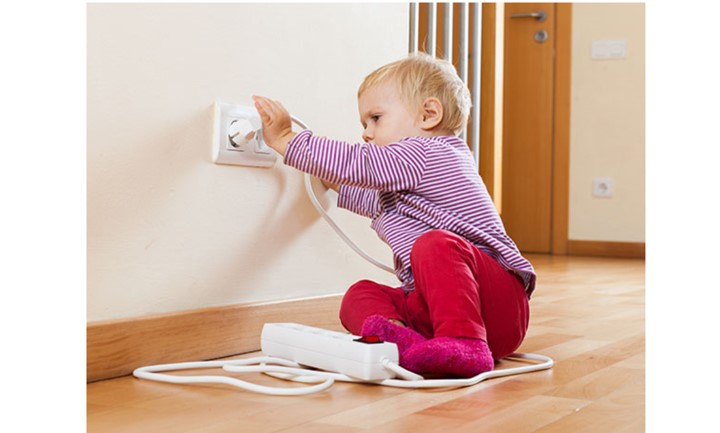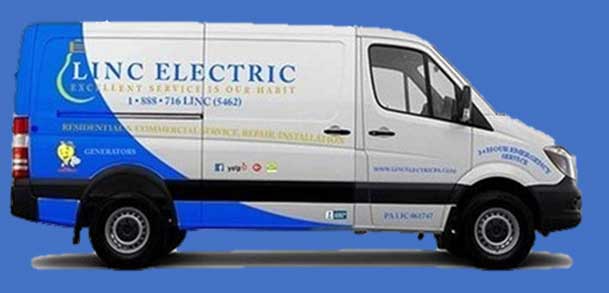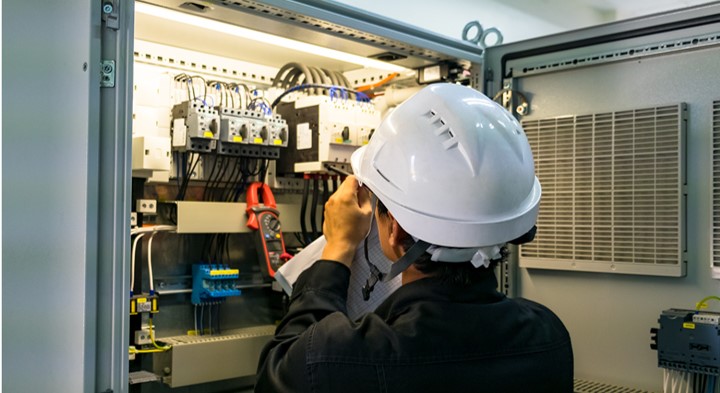Why We Need More Safety Switches in Our Homes

Safety switches save lives. There’s no disputing that fact, and over the past 25 years more and more homes have been fitted with these miraculous devices. That’s the good news!
The not-so-good news, though, is that only around 65% of homes have safety switches installed today. Of those, almost none have safety switches fitted on all their circuits, with 29% only on power outlet circuits and 39% on power and light circuits. While this is a great start to thinking more safely, an electrical fault could still occur on any circuit including the lighting, power outlets, hot water, oven, stove, and air conditioning. For full protection, most homes would need to have at least four safety switches installed.
Surveys have revealed that most people believe they are well protected from electrical injury at home, but this isn’t the case when 65% of homes aren’t fully protected by the safety switches they have installed. This indicates that our wires have crossed somewhat, and we need to switch our thinking about electrical safety and safety switches.
What is a safety switch?
A safety switch or Residual Current Device (RCD) is a device that’s designed to cut power to an electrical circuit in a fraction of a second in the event of an electrical leakage (0.03 seconds, to be exact). The moment a circuit is detected to be leaking (as would be the case if someone touched a bare wire), the flow of electricity would be stopped in literally a heartbeat. The electrical flow is stopped so fast that the person doesn’t even have time to receive a shock, and that’s why safety switches are so important when it comes to electrical safety!
You can recognize a safety switch by the button marked ‘test’ on the front, which is what helps to distinguish it from a circuit breaker, which look similar. Many homes have circuit breakers installed, but these only protect against overloading and short circuits. It’s a good start, but not enough to protect someone from electrocution.
Different types of safety switches
There are four main types of safety switches: •Meter box mounted – These are mounted next to circuit breakers in the meter box or distribution board, •Combination safety switches and circuit breakers – These will prevent electrical shocks as well as protecting electrical circuits and appliances, and are a popular option for existing meter boxes with limited space, •Portable safety switches – These can be attached to a power board or extension lead to protect the appliances that are connected to them (i.e. power tools being used outdoors where they aren’t protected by a meter box safety switch), and •Power point safety switches – These are fitted to power points and are ideal for protecting appliances in areas such as bathrooms or workshops. •
The stats that show we need safety switches
We don’t want to resort to scare tactics, but to highlight the importance of safety switches we’ve got some statistics to prove their necessity: •15 people are killed in homes every year in preventable electrical accidents where no safety switch is installed, and •300 people are hospitalized every year with serious electrical injuries and burns.
There can be many different causes of electrical accidents, from a child putting a knife in a toaster to a handyman drilling through a live wire inside a wall. It could also come from a frayed cord, damaged plug, or faulty appliance. Electricity is all around us in the home, and all it takes is one small slip for it to become our enemy instead of our friend.
So how do we switch our thinking?
Government regulations have made safety switches mandatory in new homes in every state, but this only applies to power outlet and lighting circuits. Legislation on existing homes varies from state to state and doesn’t require safety switches on all household circuits.
Part of the reason for these somewhat relaxed regulations is cost, but the bottom line is what price is a human life worth really? Airbags and seatbelts were expensive when they first became introduced as mandatory in cars, but they’ve since saved countless lives over the years. Their cost has been largely absorbed into new car prices, and the same will be the case for safety switches.
We’re not talking about huge expenses here, either. It would only cost around $300 to install four safety switches in the average new home, which is not much when you consider the benefits they provide! Many people would be resistant to forking out money for extra safety, however, and that’s why we need to switch our thinking and maybe introduce safety switches in stages. This could be done by:
•Targeting investment properties and home sales first, •Subsidizing installation as with solar power,
•Providing compensation for low income earners, and
•Providing a phase-in period that allows homeowners to plan for the cost of retrofitting.
Safety switches should be in every household to ensure the complete safety of its inhabitants, and when we’re talking about the value of a human life, you can’t really put a price on that. Perhaps it’s time we all switched our thinking to the long-term benefits provided by safety switches and started taking advantage of the incredible protection this amazing technology offers.




